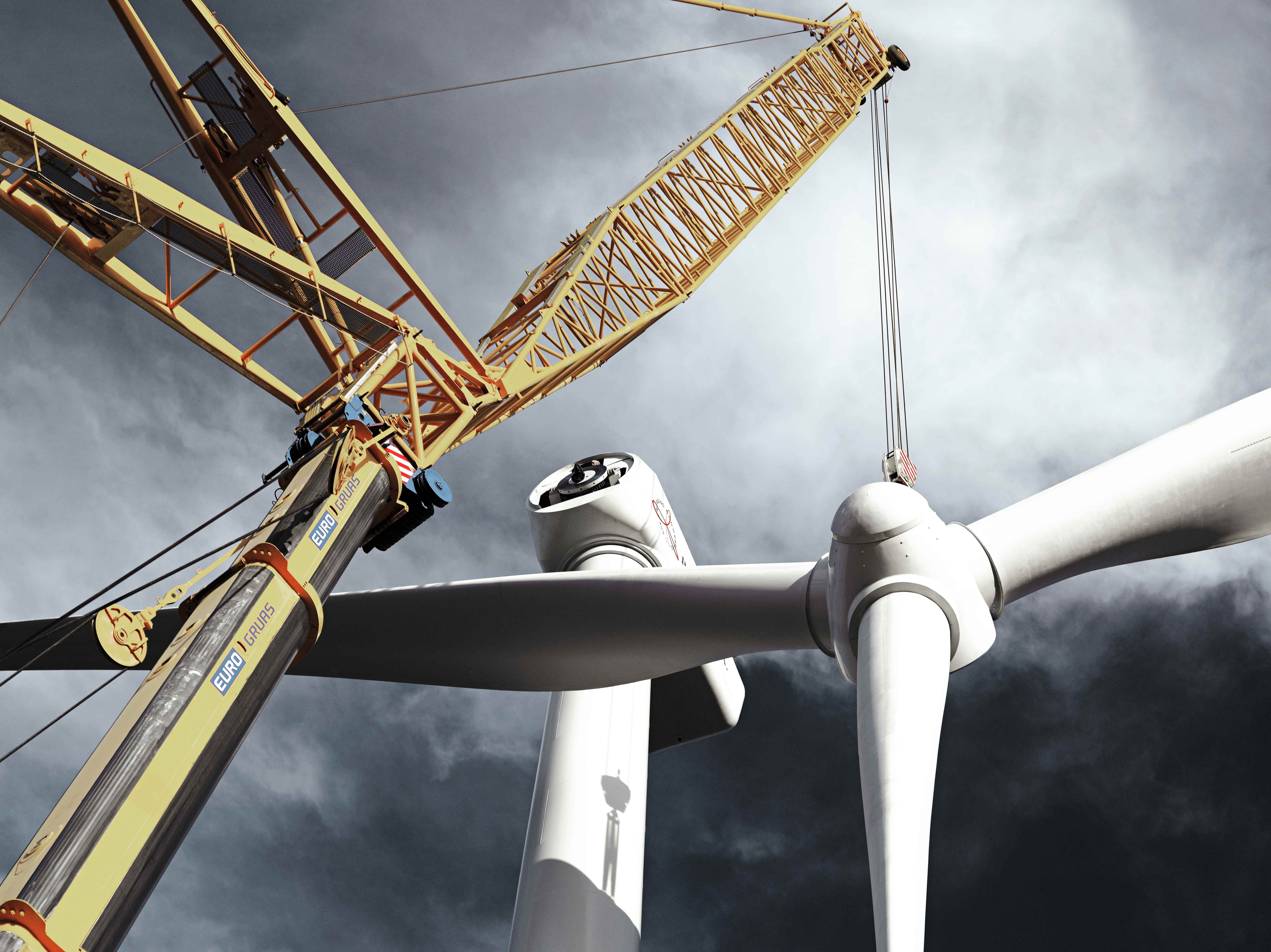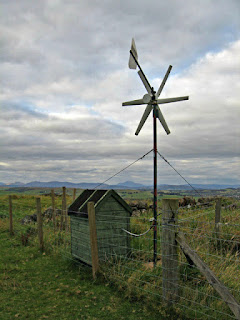


Cost reductions have been driven by the growing maturity of the industry the growing competitiveness of the market driven by competitive auctions in both established and new markets establishment of mature supply chains in regional hubs, economies of scale and advancements in wind turbine technology driving higher capacity factors and reducing installation costs. Offshore wind, with deployment of around 28 GW in 2019 compared to onshore wind with 594 GW, was relatively more expensive than onshore wind but costs have declined from the peak in 2014 to USD 0.115/kWh in 2019, although the weighted-average cost in 2019 in Denmark was USD 0.087 /kWh. Costs are set to continue to decline, with no slowing in wind turbine price declines yet in evidence continuing advancements in wind turbine technology (resulting in higher energy yields and thus capacity factors), economies of scale and O&M cost reductions. Costs for the most competitive projects are now as low USD 0.030/kWh, without financial support. The global weighted-average cost of electricity of new onshore wind farms in 2019 was USD 0.053/kWh with country/region values of between USD 0.051 and USD 0.099/kWh depending on the region.


With a survival wind speed of 70 m/s, this small wind turbine can take a beating like a champ. The Zeina Energy 10kW turbine is excellent for small businesses or homeowners looking to generate clean energy. Best Survival Wind Speed: Zeina Energy 10kW Wind Turbine. It’s well-made, powerful, and efficient, making it one of the market’s best 10kW small wind turbines.
#Best home wind turbine 2016 full
Capacity factor is the actual electricity output of a power generating facility, divided by the maximum output it could provide if it ran at full output 100 percent of the time for a full year.ĭownload the Great Plains Energy Corridor Annual Report for a chart of North Dakota wind farms.The cost of electricity from wind continues to fall, driven by declines in wind turbine prices - prices have fallen by between 44%-78% from their peaks between 20 – balance of plant cost reductions and wind turbine technology improvements, especially larger rotor diameters and higher hub-heights, that mean more energy can be harvested from sites with the same wind speeds. The Ninilady Horizontal Axis turbine is a great machine. Basin Electric Power Cooperative reports that its PrairieWinds 1 wind farm reached a 50 percent capacity factor in 2016. Energy Information Administration, the national capacity factor in 2016 averaged 34.7 percent, and the American Wind Energy Association reports North Dakota’s capacity factor as 40.43 percent. North Dakota’s wind resource is ranked sixth in the country, and the state ranks 11th for installed wind capacity, getting more than 20 percent of its power from wind resources.Īccording to the U.S. North Dakota has more than 3,000 MW of wind energy capacity installed throughout the state, consisting of more than 1,500 wind turbines. The same factors will also boost the availability of these key renewable power sources at night and in varying weather conditions. According to a study completed by the National Renewable Energy Laboratory and AWS Truepower, North Dakota is the sixth “windiest state.” Click here to view NREL’s 80-meter wind resource map for the United States. North Dakota is known for being windy and the potential for wind energy is great. Department of Energy with data from AWS TruePower. (click to enlarge) Wind resource map was created by the National Renewable Energy Laboratory for the U.S. at the Wind Europe Summit 2016 in Hamburg on 29 September during the WISE Power. North Dakota wind potential, at 80M, is illustrated in this map. The WISE Power Best Community Project Award goes to the Brgerwindpark.


 0 kommentar(er)
0 kommentar(er)
